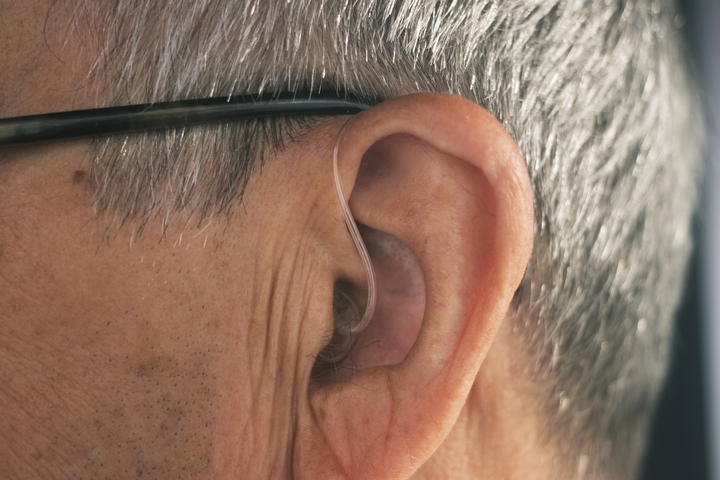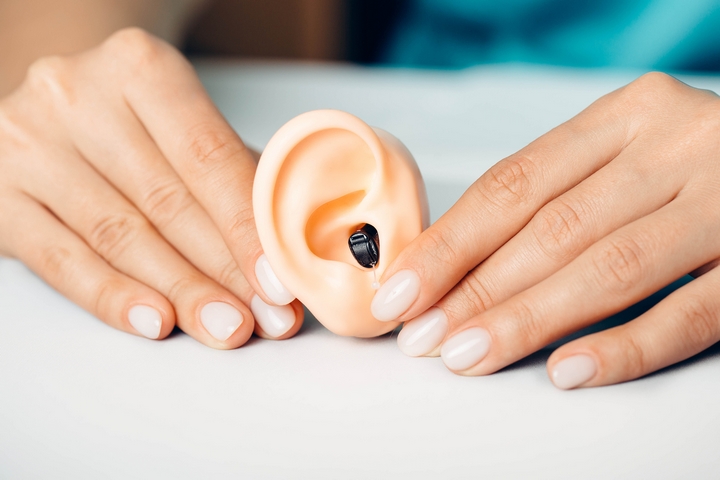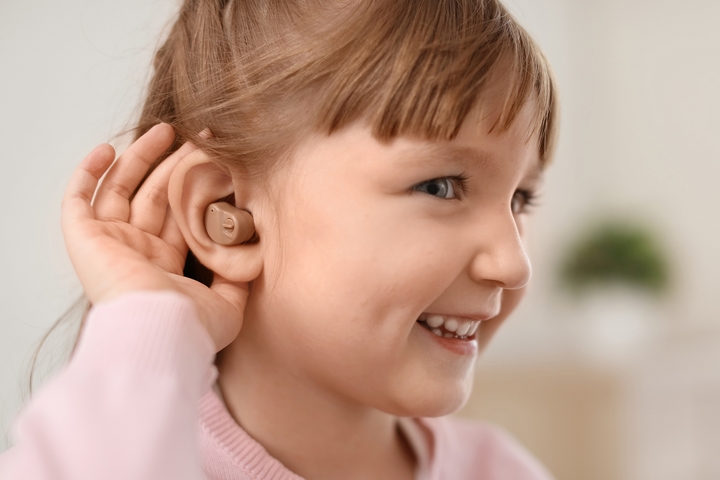
6 Different Styles of Hearing Aids
If you have noticed a decline in your ability to hear, the very best thing you can do for yourself is to make an appointment with your doctor or a hearing professional. Early hearing loss treatment has been proven to be more effective, and this means that seeing a doctor sooner rather than later is essential to keeping or restoring your hearing.
Getting a hearing aid as soon as you notice a decline in hearing function will allow you to stop the negative effects that can arise from long-term hearing loss. The reduced stimulation your brain and ears get, the more impaired your brain become to recognize speech and process sound. When speech recognition breaks down, it becomes more difficult to recover this ability.
The hearing professional you see will be able to recommend a few different types of hearing aids based on your lifestyle, preferences, hearing loss, and budget. Some styles come in different colours and finishes to either stand out or blend in, depending on your preferences. The most common types used today are Invisible-In-The-Canal (IIC), In-The-Canal (ITC), Completely-In-Canal (CIC), Receiver-In-Canal (RIC), In-The-Ear (ITE), and Behind-The-Ear (BTE).
1. Invisible-In-The-Canal

The custom-fitted IIC style is farther inside the ear than any of the other styles of hearing aids, so it’s practically invisible when you wear it. The faceplate can be matched as closely as possible as your skin tone, which makes them even more incognito. These are meant to be removed daily, and are best for people with mild to moderate hearing loss. Some IIC hearing aids may feature wireless connectivity and tinnitus solutions as well.
2. In-The-Canal

ITC hearing solutions are custom-designed to fit into your ear canal, with a small amount of the hearing aid showing, so ask your hearing professional for the best colour to blend in as much as possible with the colour of your ear. These are best for people with mild to mildly severe hearing loss. Some ITC models feature wireless connectivity and tinnitus solutions.
3. Completely-In-Canal

Completely-In-Canal hearing aids are custom-fitted so they go completely into your ear canal. Only a very small portion of the small plastic “handle” will show outside your ear canal. You will use this handle to remove and insert the device. These are best for mild to moderate hearing loss, and may feature wireless connectivity and tinnitus solutions.
4. Receiver-In-Canal

Receiver-In-Canal hearing instruments are barely visible when you wear one. This style has a speaker, also called a receiver, inside your ear canal. A very thin wire transmits sound rather than a plastic acoustical tubes; this helps to reduce sound distortion. These are a very comfortable fit and are best for people with mild to moderate loss of hearing. Models of this type offer the most features like wireless connectivity, rechargeable options, tinnitus solutions, hearing and activity tracking, and single-sided hearing.
5. In-The-Ear

ITE hearing aids are also custom-made, and fit within the outer portion of your ear. Best for mild to severe hearing loss, In-The-Ear hearing solutions might offer wireless connectivity and tinnitus solution features.
6. Behind-The-Ear

BTE hearing solutions are for moderate to severe hearing loss. A casing rests behind your ear, with a clear plastic acoustical tube that directs any amplified sound into either a customized earmold that goes inside your ear canal, or an earbud. Some models feature wireless connectivity, tinnitus solutions, hearing and activity tracking, and single-sided hearing.

